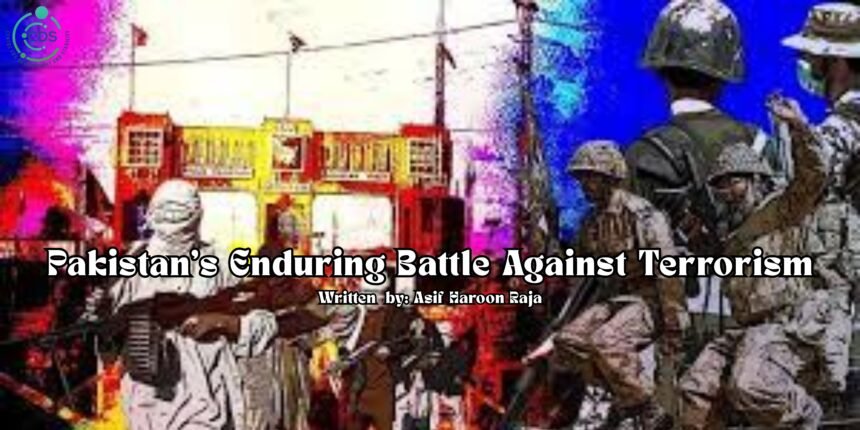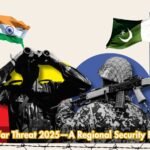Legislative Response to Rising Terrorism
On 13 August, the National Assembly passed a bill, moved by Parliamentary Committee head Naveed Qamar, authorising the government and law enforcement agencies — including the Army and Civil Armed Forces — to order preventive detention of suspects linked to terrorism, target killings, kidnappings, extortion, or threats to national security for up to three months.
- Legislative Response to Rising Terrorism
- Strengthening Security Measures
- Phase I: Origins and Rise of Terrorism (2002–2009)
- Phase II: Escalation and Urban Terrorism
- Phase III: Judicial Failures and Political Neglect
- Phase IV: Current Security Landscape
- Phase V: Geopolitical Undercurrents and Way Forward
- Conclusion
- The author Brigadier (Retd.) Asif Haroon Raja, is a war veteran, defence and political analyst, international columnist, author of five books, and ex-Chairman of the Thinkers Forum Pakistan. He is currently Director of the Measac Research Centre, Patron-in-Chief of the CDS Think Tank, and Administrator of Fact Check. He frequently appears on TV talk shows and delivers lectures on strategic affairs.
- *The views and opinions expressed herein, and any references, are those of the author and do not necessarily reflect the editorial policy of the Centre for Development and Stability (CDS).
The amendment to the Anti-Terrorism Act 1997 will remain in force for three years. A similar provision, introduced after the December 16, 2014 Army Public School (APS) tragedy, lasted two years. The new bill was approved by majority vote (125 in favour, 45 opposed), despite strong objections from JUI-F and PTI legislators, who feared it could be misused to detain individuals without due process.
The urgency stems from Pakistan’s deteriorating security landscape, where terrorism has once again become an existential threat. The law aims to give Law Enforcement Agencies (LEAs) the ability to disrupt terrorist plots preemptively and allow more time for Joint Investigation Teams to gather actionable intelligence.
Strengthening Security Measures
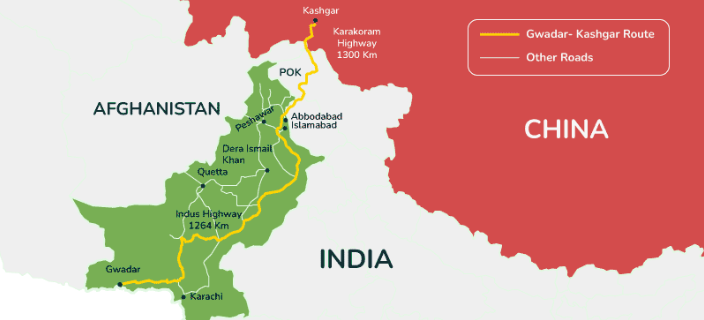
Additional measures include expanding the outreach of security forces in troubled provinces, safeguarding the China-Pakistan Economic Corridor (CPEC), Gwadar Port, and protecting Chinese nationals working in Pakistan. Surveillance capabilities have been enhanced through armed drones and the launch of a sensor satellite for round-the-clock border monitoring. China has been engaging Afghan authorities to rein in the Tehreek-e-Taliban Pakistan (TTP) and Balochistan Liberation Army (BLA), both operating from Afghan soil.
Phase I: Origins and Rise of Terrorism (2002–2009)
Pakistan’s first major wave of foreign-backed terrorism began after 2002, following the U.S.-led invasion of Afghanistan. The TTP emerged in December 2006 under Baitullah Mehsud, quickly spreading its influence across all seven tribal agencies of the Federally Administered Tribal Areas (FATA) and aligning with the Tehrik-e-Nifaz-e-Shariat-e-Mohammadi (TNSM) in Malakand, led by Maulana Fazlullah (“Mullah Radio”).
By 2008, the TTP controlled 18 administrative units in Federal Administrative Tribal Areas (FATA) and Provincial Administrative Tribal Areas (PATA), even threatening Islamabad from Buner. During this period, the Jamiat Ulema-e-Islam (F) and Jumat-e-Islami (JI) led provincial governments in Khyber Pakhtunkhwa (KP) and Balochistan (2002–2008) quietly tolerated TTP activities due to ideological sympathies.
The Pakistan Army, untrained in mountain guerrilla warfare and ill-equipped, initially struggled. Compounding this, in 2003, FATA’s intelligence operations were handed over to the Central Investigation Authority (CIA) and Federal Bureau of Investigation (FBI), sidelining the Inter-Services Intelligence (ISI).
Phase II: Escalation and Urban Terrorism
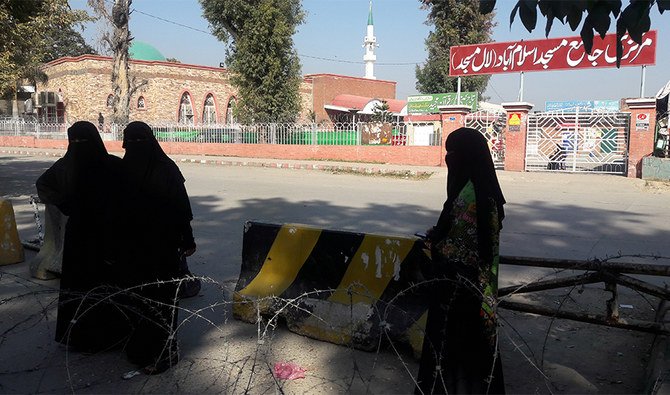
The 2007 Lal Masjid standoff in Islamabad triggered the rise of the Punjabi Taliban, who spearheaded suicide bombings in major cities. The change of Army command from Gen. Musharraf to Gen. Kayani in late 2007 brought a shift in strategy, with a focus on low-intensity conflict training.
Major Operations Followed:
- Summer of 2009: Operations in Swat, Shangla, Buner, Dir, Malakand, and Bajaur.
- Winter of 2009: Three directional Operation Rah-e-Nijat in South Waziristan broke the TTP’s main fighting strength.
- 2010–2011: Clearance of other agencies except North Waziristan.
Surviving TTP elements fled to Afghanistan, where they were hosted and supported by the Karzai regime, Afghan intelligence (NDS), and India’s RAW.
Phase III: Judicial Failures and Political Neglect
Despite arresting around 4,000 terrorists, not one received sustained punishment. Courts granted bail or acquitted them for “lack of evidence,” enabling them to return to militancy. This failure emboldened terrorists.
The Army was assigned additional burdens of rehabilitation of displaced persons and development works of destroyed areas because of reluctance of the civil administration.
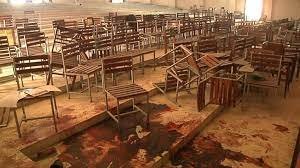
The 2014 APS attack, jointly orchestrated by Research Analysis Wing (RAW) and National Directorate of Security (NDS), killed over 170 students and staff, prompting the National Action Plan (NAP) in January 2015. While military courts were established to expedite justice, judicial reforms never materialised. Even convicted terrorists were later released by higher courts under PTI’s rule, undermining military gains.
The Pakistan Tehreek-e- Insaf (PTI) government also froze National Counter Terrorism Authority (NACTA) role and allowed over 4,000 armed TTP militants to return from Afghanistan in 2021 — a move that reignited terrorism across Pakistan.
Phase IV: Current Security Landscape
Today, counterterrorism relies on intelligence-based operations to avoid large-scale displacement. However, tribal loyalties often shield militants, making it hard to distinguish friend from foe. The problem is worsened by the presence of foreign agents and facilitators embedded within communities.
The U.S., which once coerced Pakistan into joining the War on Terror, also funded covert destabilisation efforts through the CIA, RAW, and allied agencies, turning eastern Iran’s Sistan region into a secondary base to fuel insurgencies in FATA and Balochistan.
After the U.S. withdrawal from Afghanistan in 2021, it left behind $7.2 billion worth of advanced weaponry, much of which is now used by TTP and BLA. These groups, increasingly collaborating, have escalated attacks on military posts, infrastructure, and transport lines.
Phase V: Geopolitical Undercurrents and Way Forward
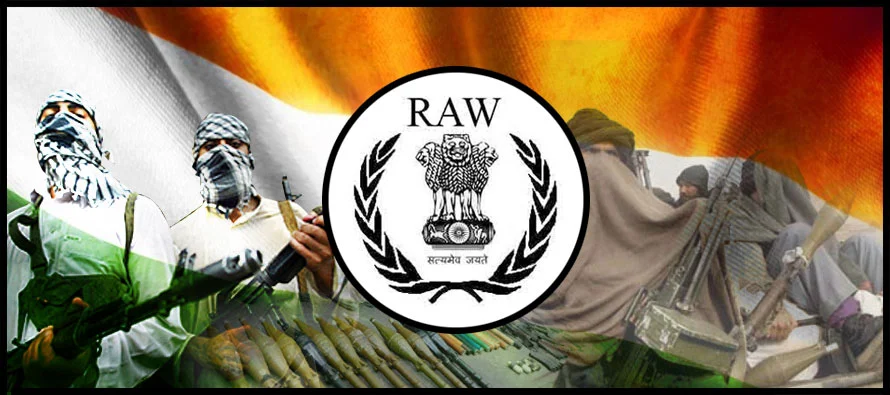
RAW spends over $1 billion annually on supporting the TTP and BLA, with PTM and BYC serving as their political faces. Israel’s Mossad is active in espionage, while India’s broader aim is to bleed Pakistan militarily, destabilise its economy, and foment internal unrest.
Yet, recent events have shifted the momentum. India’s attempted military incursion on 6 May was repelled in four days, inflicting heavy losses on its forces. Pakistan’s calibrated response earned global praise, improving its international standing.
The U.S., now reassessing ties, has blacklisted the BLA and Majeed Brigade, agreed to provide Pakistan with advanced counterterrorism equipment, and expressed interest in joint ventures in critical minerals, oil, and gas. Field Marshal Asim Munir’s diplomatic outreach has been instrumental in this thaw, offering hope for a durable, mutually beneficial strategic partnership.
Conclusion
Pakistan’s two-decade battle with terrorism has been marked by foreign interference, political negligence, judicial compromise, and immense sacrifice by its armed forces and civilians. Successes on the battlefield have too often been undermined by failures in governance and justice.
The path forward demands:
1. Judicial reforms to ensure swift, deterrent punishments.
2. Complete implementation of NAP and revitalisation of NACTA.
3. Border management to prevent cross-border sanctuaries.
4. Intelligence integration between civil and military agencies.
5. National political consensus to keep counterterrorism above party politics.
Only with unity, political will, and sustained vigilance can Pakistan finally turn the tide against terrorism.

